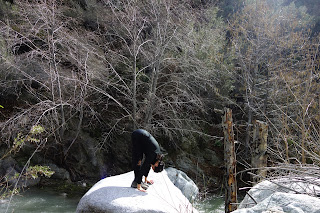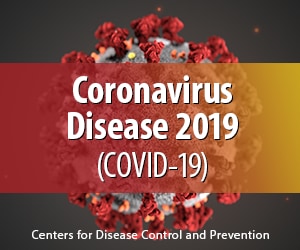Legs up the
Wall
- feel supported
- relax
- legs straight up, feet flexed or relaxed
- legs extended wide to the side, to open hips
- feet together, for wall- Butterfly: open hips
- surrender spine to the Earth
- arms to the sides, on belly, or overhead
- close eyes. Find ease.
Standing
Forward Fold
- inhaling, lengthen your spine to actively draw yourself deeper into
the stretch
- exhaling, release efforting, and welcome what arises: organic
movement, a deepening
- feet together, or hip width distance apart
- release head, neck, and spine
- knees slightly bent, or bending and straightening one at a time
- hands to elbow creases (rag doll), shins, or under feet
- cascade forward, shifting weight between all edges of feet
- close eyes. Welcome.
Seated Forward
Fold
- inhaling, lengthen forward
- exhaling, cascade down
- closing eyes, observe your inner landscape, and each full gift of
breath and body
- feet flexed or pointed
- arms reaching forward, placed onto ground, or anywhere on legs,
perhaps using a strap around the feet
- long spine, deep breath, surrender
Mountain
- root down through under the feet to the belly of the Earth
- root up through the crown of the head to the umbilicus of the Sky
- feel your humanity lengthening yet stable, holding yet free, sacred
and special yet tiny and insignificant, suspended and supported,
supporting and integral, between (and part of) Earth and Sky
- solid as a Mountain
- feet together or hip- width distance apart
- hands at heart center, or to the sides, palms facing forward
- eyes closed, or gently open, expansive panoramic vision
- rooted yet relaxed
Child’s Pose
- arms forward, or folded by your sides
- knees together, or apart
- surrender everything to the Earth
- inhaling, thank you
- exhaling, release
Tree
- one leg the trunk, the other leg the branch
- root your supporting foot down through three points of contact:
heel, ball of pinky toe and big toe
- hips and shoulders square
- aligned integrity: root up, relax elsewhere: relax toes, face,
breath, mind
- root down, to rise up
- center
Warrior 2
- directed energy, rooted, centered
- intentional breath, aligned actions, powerful
- front foot points forward, back foot parallels back of mat
- heel to heel, or heel to arch feet alignment
- stack front knee over ankle
- arms parallel Earth, shoulders externally rotating, palms down
























